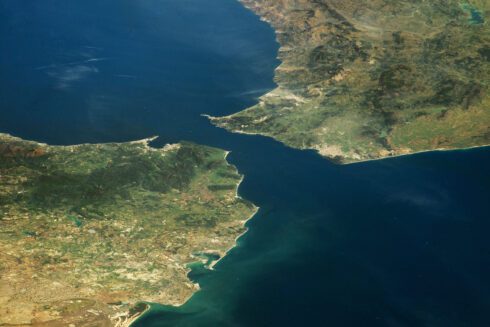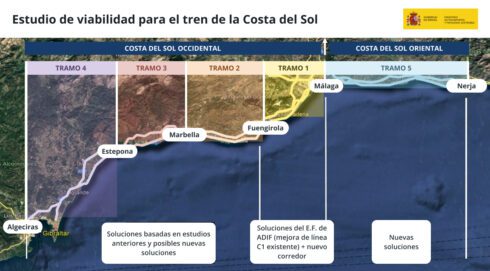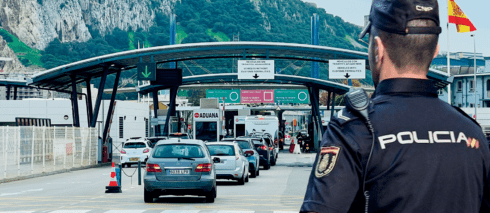A STATE of the art rescue and emergency centre is to be built in the heart of the Costa del Sol.
The crisis nerve centre will monitor and tackle any critical events – such as floods or forest fires – from the Axarquia to the Campo de Gibraltar.

The €1.2m base in Benahavis will be manned around the clock, 365 days of the year.
The third of its kind in Andalucia, the GREA (Grupo de Emergencias de Andalucia) was announced this weekend by Junta spokesman Elias Bendodo alongside the mayor of Benahavis Jose Antonio Mena this weekend.
“It will be a great way to tackle emergencies along the coast or in the inland areas,” Bendodo told the Olive Press.

Inspecting a drone to be used to monitor fire fighting teams, he added: “It brings all round better security and protection for Andalucia.”
Joining two other centres (in Noalejo, Jaen, and Los Palacios, Sevilla) it will be manned by scientists, engineers and biologists, alongside specialists in communication.
Expat councillor of Benahavis Scott Marshall added his pleasure that the authorities had chosen Benahavis as the new base.

“It’s great news as it will create employment and better security for the coast,” said the British father-of-two, who runs an estate agency in the town.
“It’s not just good for covering fires and floods, but is strategically important for the petro-chemical industries in the Campo de Gibraltar.”
The 600m-square base, at Monte Halcones, will utilise the latest technology from drone flights to satellite monitoring.
Construction is set to begin soon and will be finished by the end of 2021.
Once open it will be manned by 14 police and 7 technicians and scientists.

The location is conveniently near to the junction with the AP7 motorway toll road, as well as on the main A-397 road into the Serrania de Ronda, with its high ecological value in terms of forestry.
Two of the Spain’s most valuable areas of woodland, the Pinsapo pines of Los Reales of Estepona and in the Sierra de las Nieves National Park are within a few miles of the base.
Serious flooding affected the areas of Antequera, Ronda and Estepona over recent years.
The Costa del Sol is also near a fault line between the Eurasian and African plates, meaning there are frequent tremors.
A 5.1 magnitude earthquake killed nine and badly damaged the town of Lorca, in Murcia, in 2011, while in 1884 a 6.7 magnitude quake left 1,200 dead around the provinces of Malaga and Granada and in 1804, 1000 people died in an earthquake in Almeria.









